Guest Post by Ches Thurber
Last week, Cullen Hendrix wrote a thoughtful and thought-provoking piece on this blog about the degree to which individuals and groups can choose whether to engage in violent versus nonviolent resistance. The question is timely as some actors in Venezuela call for a turn from protest to armed insurgency and as so-called “Antifa” groups in the United States advocate for the use of “any means necessary” in confronting the Trump administration and its supporters.
Hendrix invokes Mao and Gandhi as examples of figures with such firmly held ideological beliefs that they never seriously considered the alternative. Having studied the strategic decision-making between violence and nonviolence among Maoist and Gandhian groups in Nepal, I come to a more optimistic assessment of groups’ (if not individuals’) willingness and ability to make a choice.
First, I think it is valuable to point out that Gandhi and Mao’s own words are a little more complicated than the ideal types to which we usually ascribe them. Gandhi was certainly committed to nonviolence (“ahimsa”) as a matter of moral principle. But he also says, “I do believe that where there is only a choice between cowardice and violence, I would advise violence…I would rather have India resort to arms in order to defend her honour than that she should in a cowardly manner become or remain a helpless witness to her own dishonour.”
Mao, meanwhile, even in the quote cited by Hendrix, justifies his call for arms in terms of expediency to achieve morally necessary ends: “If we use peaceful means to attain the goal of communism, when will we finally achieve it? …who during this century will be cruelly exploited by the remaining third of capitalists. How can we bear this?” This consequentialist logic seems to at least leave open the possibility that nonviolence should be preferred if it could be proved to be more effective in achieving Mao’s goals.
Of course, we will never know if Mao would have changed his mind if we could travel back in history and hand him the collected writings of Gene Sharp and a copy of the NAVCO 2.0 dataset.
But we can examine what their followers did when they encountered conditions that ran against their ideological priors. Nepal provides a unique case to conduct just such an examination due to the presence of groups so close–geographically as well as ideologically–to these archetypal leaders.And each group proved willing, at least at times, to choose the opposite strategy of their namesake.
In the late 1940s, a group of Nepali exiles living in India formed the “Nepali Congress” party with the goal of overthrowing Nepal’s autocratic regime and establishing a democratic state. The NC members had studied satyagraha under Gandhi, participated in the Quit India Movement, and explicitly stated in their charter their intention to use exclusively nonviolent means to bring about their revolution.
But after three years of thwarted efforts, in which the movement failed to mobilize sufficient numbers and leaders were jailed, the party reconsidered its strategy. In a secret meeting in the basement of a cinema in Calcutta in 1950, they debated and voted on an amendment to their charter to replace their commitment to nonviolent measures with a declaration of willingness to use all necessary means. Later that year they put words into action, launching an armed guerrilla insurgency with support from India.
Sixty-five years later, Nepal’s Maoist party made the opposite reversal. Beginning in 1996, the Maoists, true to their namesake, fought a brutal civil war against the central government that resulted in an estimated 16,000 deaths. The insurgency was remarkable for its initial success: by the early 2000s, the Maoists controlled 25% of Nepal’s territory. But they had reached a stalemate with the regime, especially as the state began receiving heavy arms supplies from abroad in the name of fighting terrorism. Achieving Mao’s “third stage” of victory by capturing the capital city of Kathmandu would be impossible. Instead, in a series of meetings in New Delhi in November of 2005, the Maoists forged an agreement with Nepal’s other political parties to collectively engage in a nonviolent mass protest. The following spring, the Maoists and the other political parties coordinated a 17-day mass protest in Kathmandu that resulted in the king agreeing to hold elections and ultimately brought “Comrade Prachanda,” the former guerrilla leader, to power as Nepal’s prime minister.
Evidence from other scholars suggests that Nepal might not be unique in terms of its opposition movements’ willingness to convert from one strategy to another. Howard Barrel writes about the African National Congress’s strategic review of 1978–79 and its consequent decision to de-prioritize armed action in favor of a “turn to the masses.” And Jason MacLeod recounts the series of deliberations that lead to the East Timorese independence movement transitioning “from the mountains and the jungles to the villages and streets.” A volume edited by Veronique Duduet describes this and seven additional transitions from violent to nonviolent strategies.
What lesson can we draw from these transitions? It is still almost certainly likely that, as Hendrix asserts, some individuals may be so wedded to violence for ideological, psychological, emotional, or identity reasons that no amount of argument or evidence will convince them to consider alternatives. But these cases suggest that even some of the most ideologically committed groups can change their minds. If so, this means that efforts to convince groups to abandon violence through education and training are worthwhile. It also highlights the necessity of looking not only at the cases of successful transitions to nonviolence, but at those groups, like the Nepali Congress, who seriously considered nonviolence but ultimately rejected it in favor of violence. Identifying what groups see as their obstacles to engaging in nonviolent action will be necessary to convincing a greater number of actors that arms do not represent their only way out.
Ches Thurber is an Assistant Professor in the Department of Political Science at Northern Illinois University. His book manuscript, Between Gandhi and Mao: The Social Roots of Nonviolent Revolution, explores the strategic decision-making of revolutionary movements.

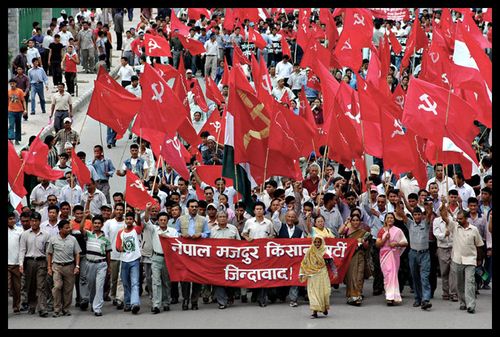

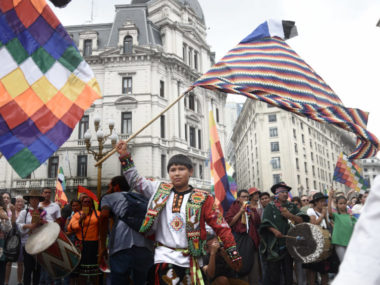
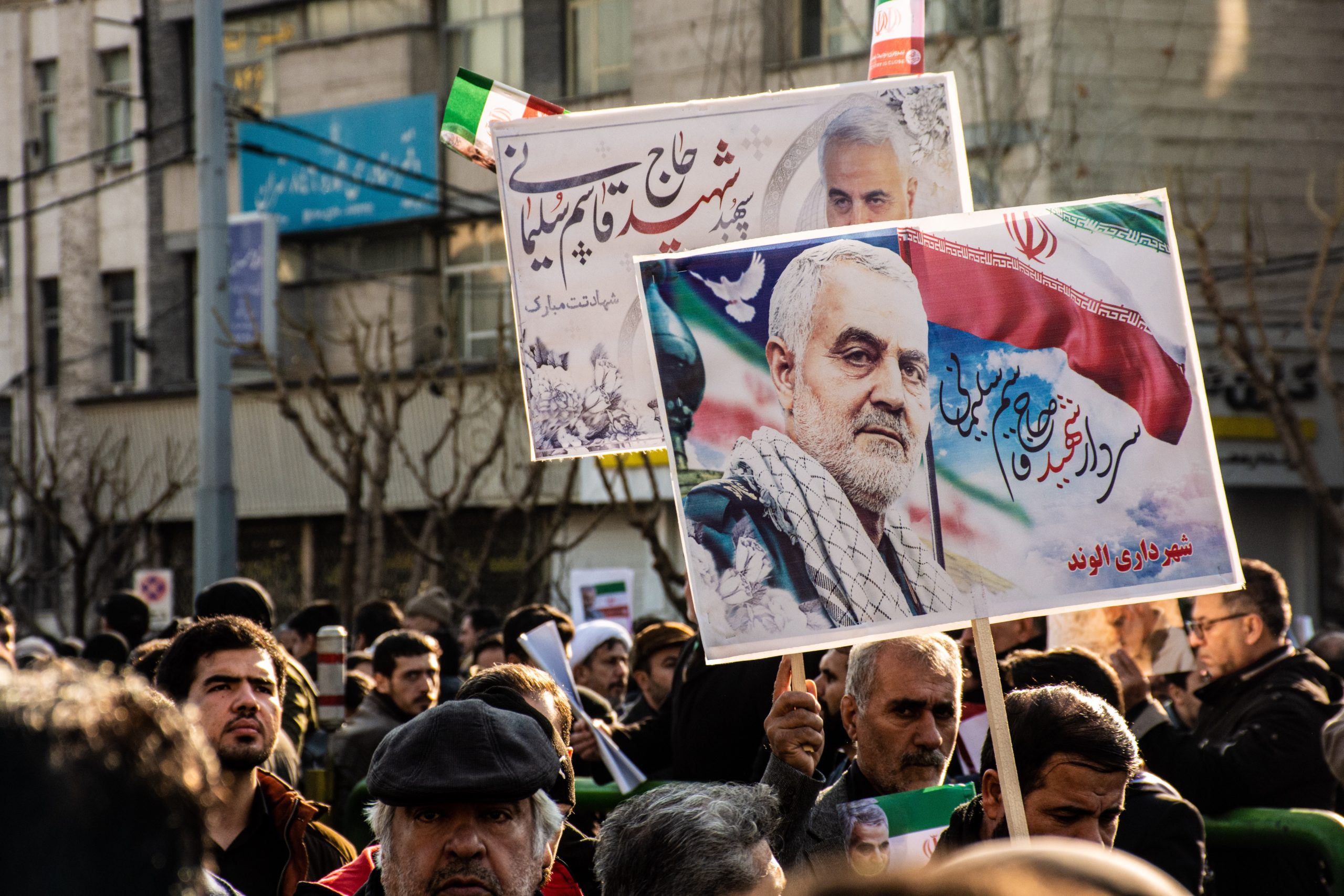
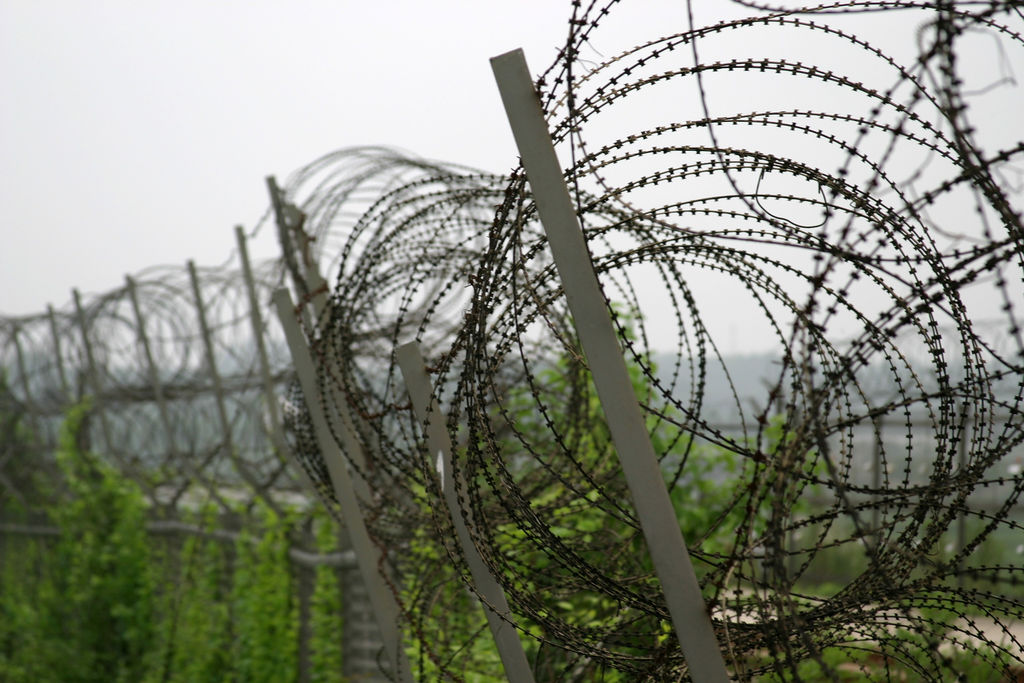
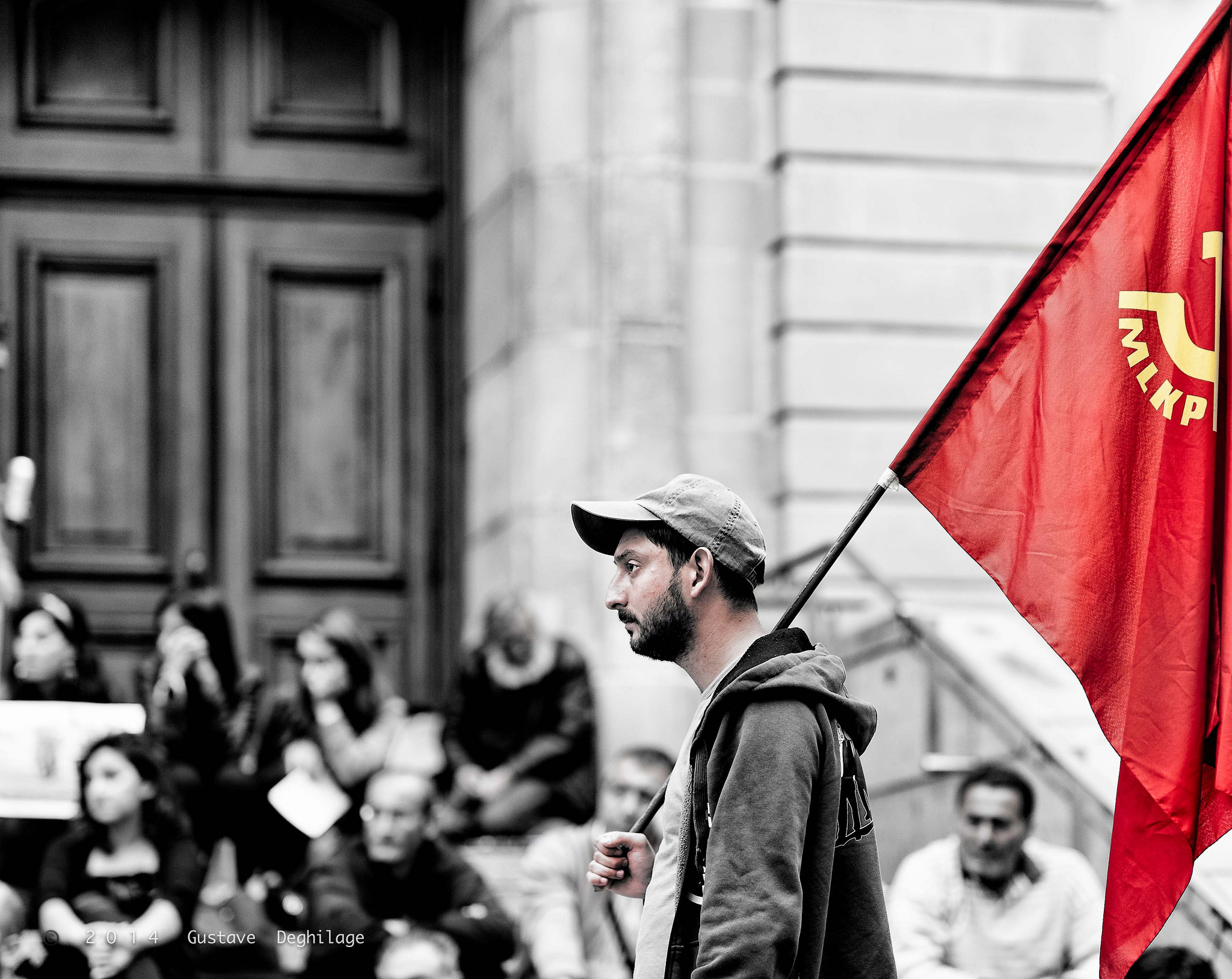
2 comments
Excellent piece–thank you!
Another example of what you are talking about here would be the ZPLA. The Zapatistas got the marginalized population in Chiapas to finally take up arms by helping them to try everything else first. Petition the government? Fine. We’ll help, but it won’t work. You have to take up the gun. Support opposition candidates in elections? Fine. We’ll help, but it won’t work. You have to take up the gun. And so on through several iterations. You can find the story in Collier and Quaratiello’s Basta: Land and the Zapatista Rebellion in Chiapas.
The subsequent story is much like the CP-Nepal. They couldn’t defeat the army so they started using non-violent action (quite effectively too) to both maintain their control in the countryside and to move things in Chiapas in their direction. It’d be interesting to hear your take on their efforts.